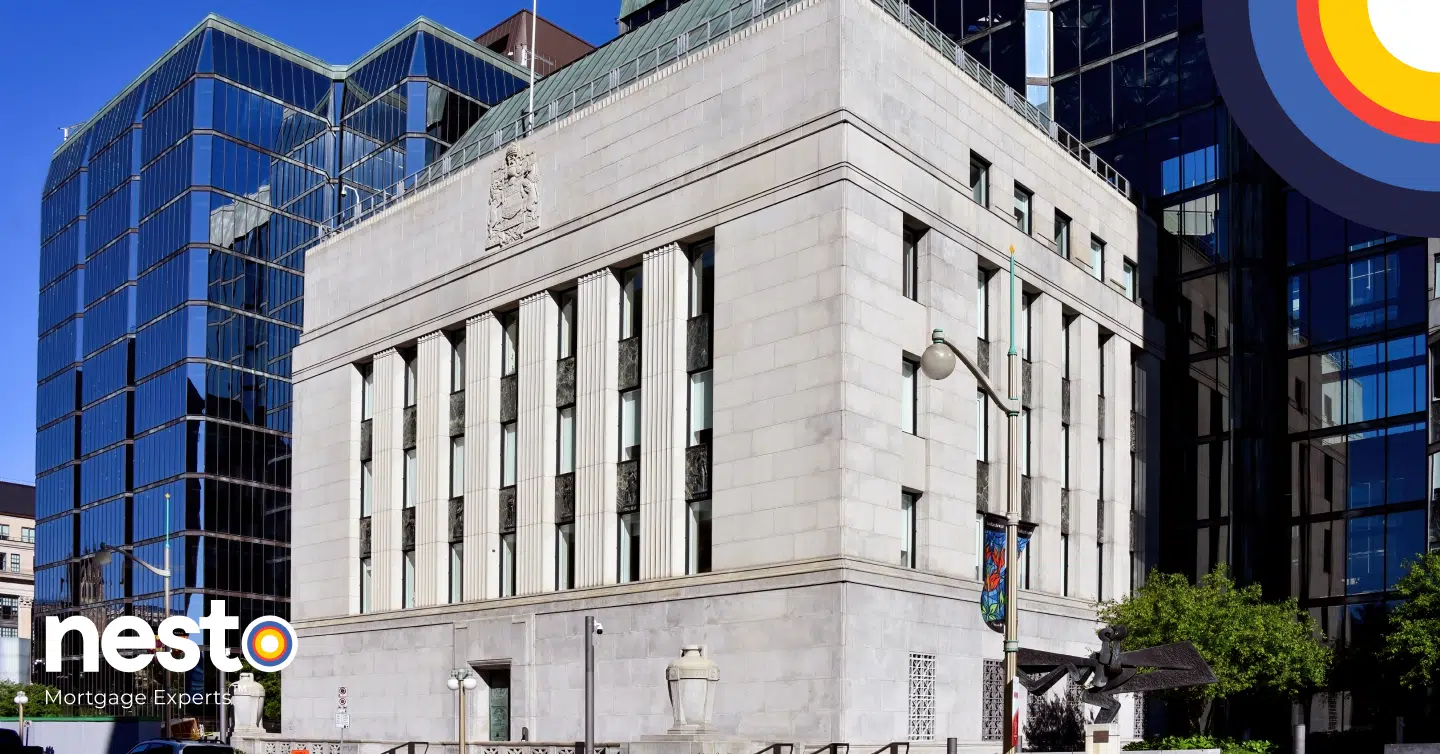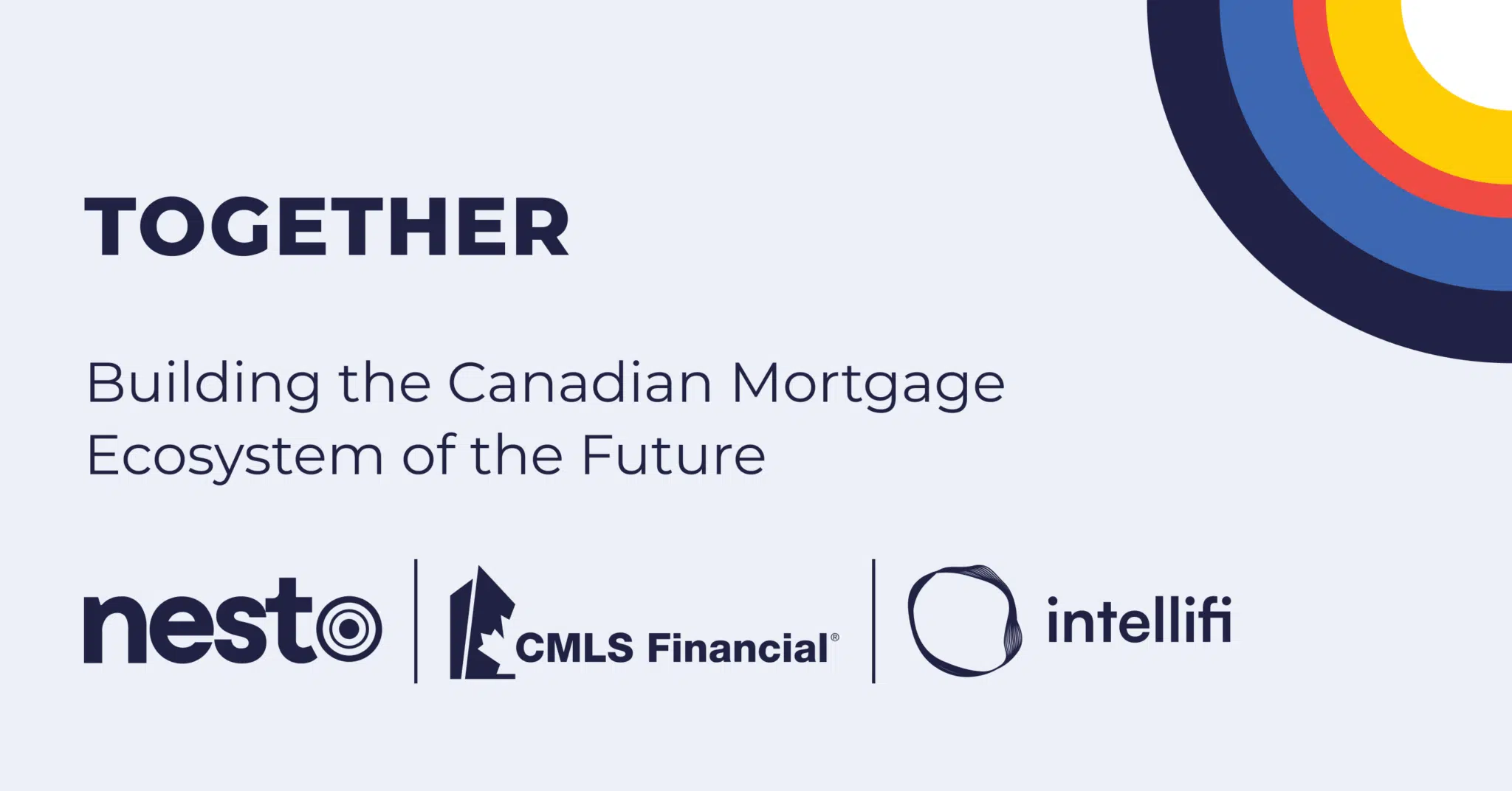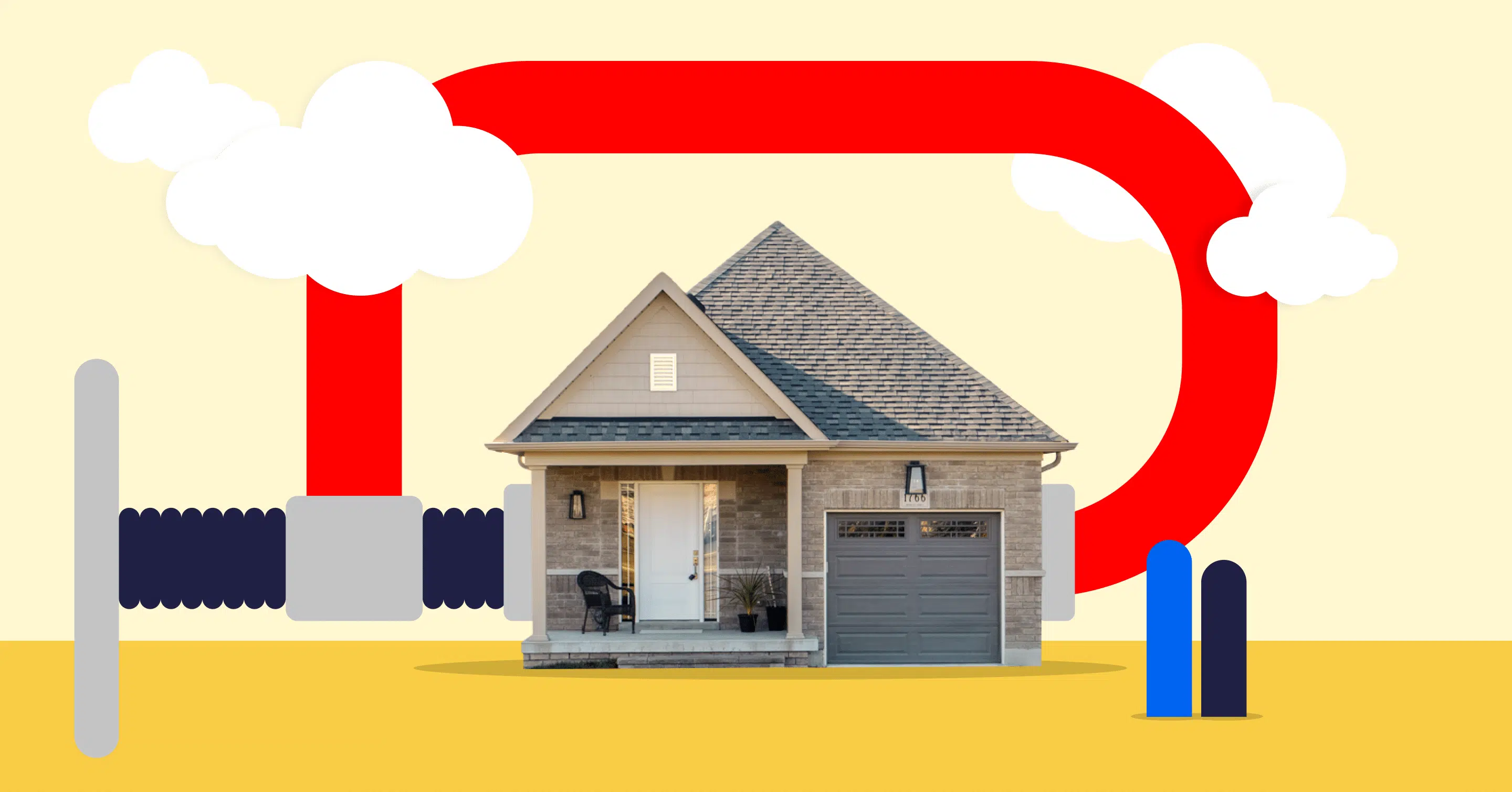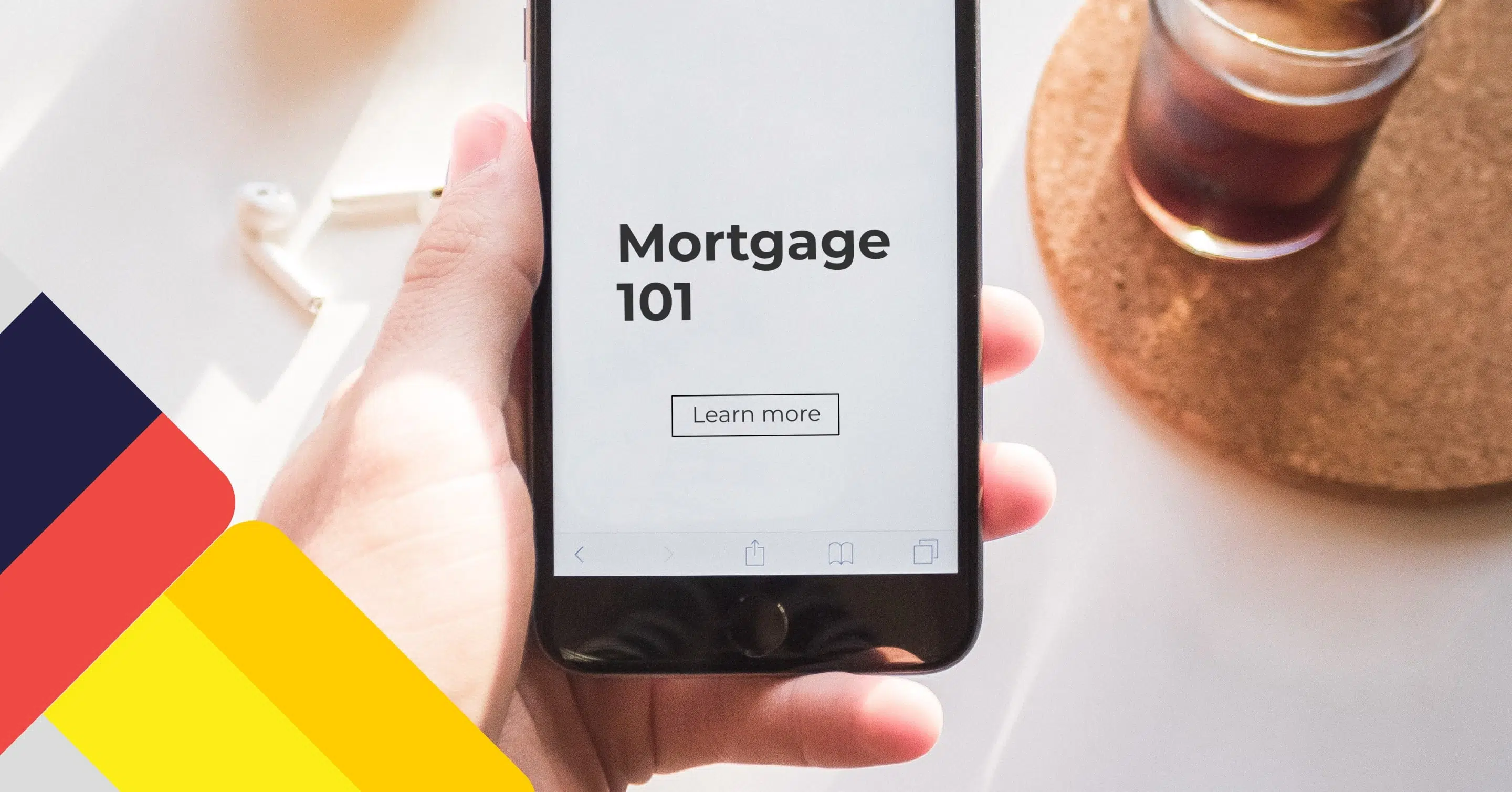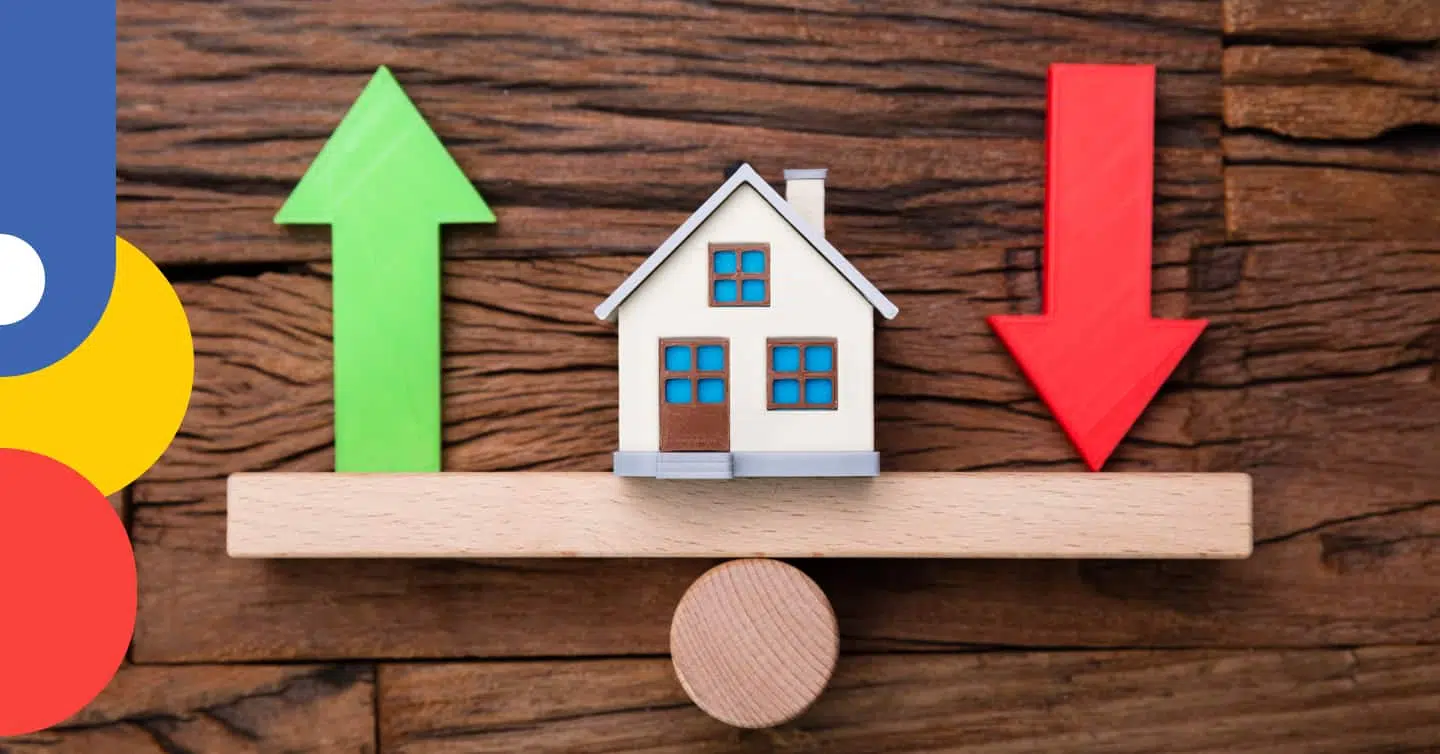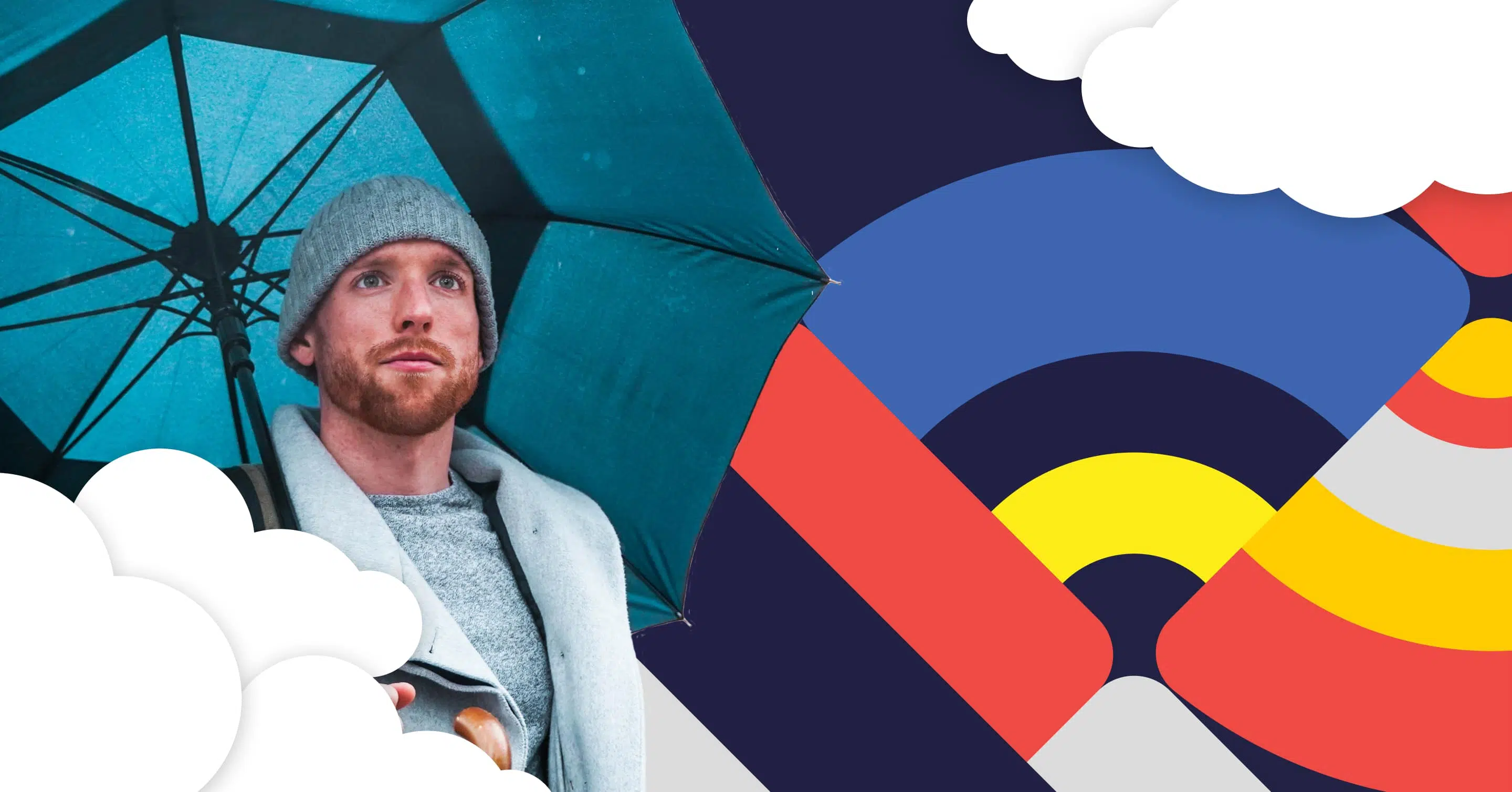What Is Mortgage Loan Insurance?
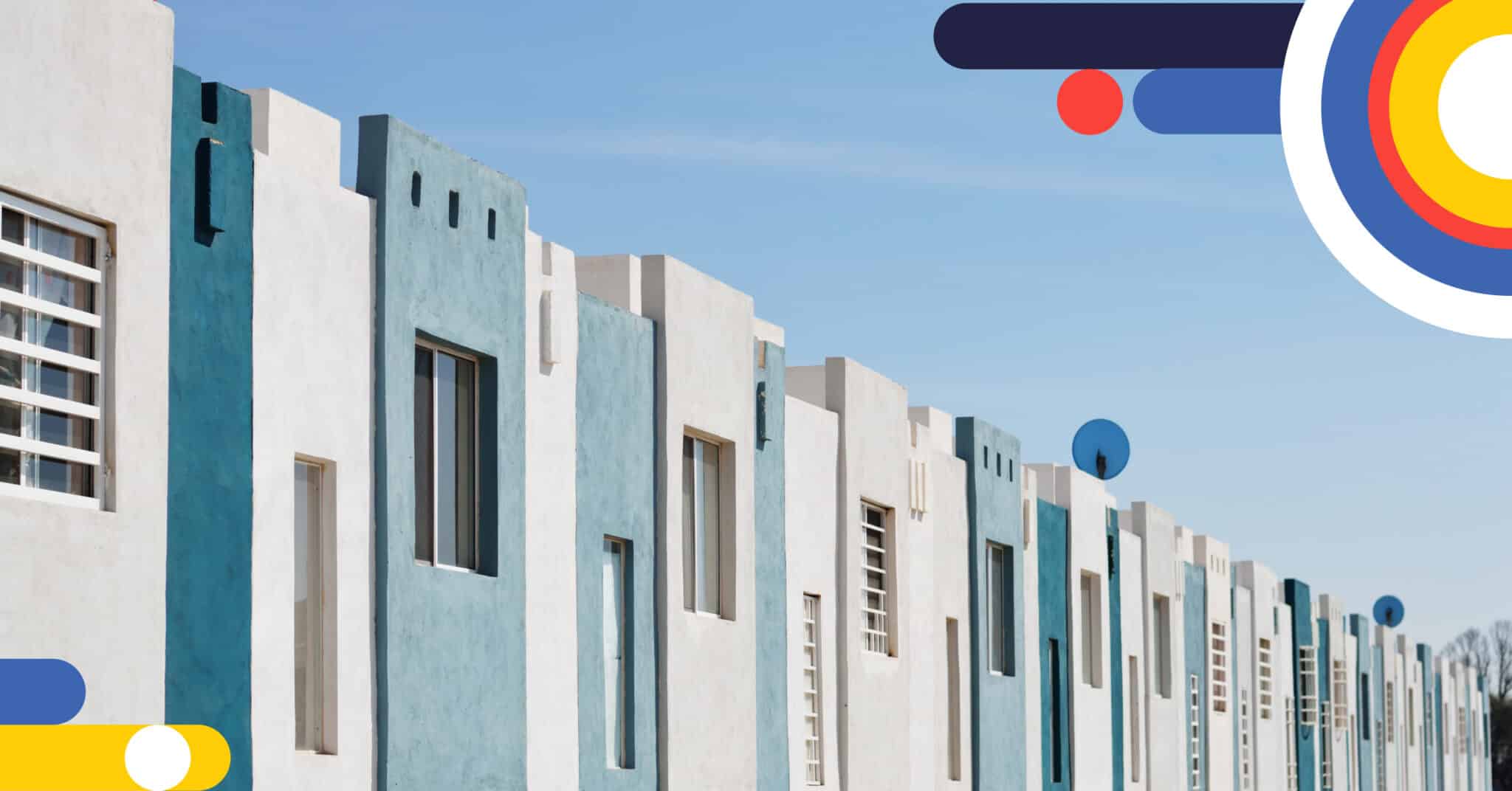
Table of contents
Mortgage loan insurance, also known as mortgage default insurance, enables you to achieve your dream of owning a property without waiting until you have saved up for a 20% down payment. But what’s the catch, you ask? To put down less than 20%, you will need to pay an additional premium added to your mortgage principal.
The good news is that since mortgage loan insurance protects lenders against the risk of default, lenders will offer lower mortgage rates to homebuyers who put down less than 20%. If you put only 5% down, you would likely receive a lower rate than someone who puts 20% down.
Sounds too good to be true? Read on to find out everything you need to know to benefit from default insurance and how it could help you become a homeowner sooner.
Key Takeaways
- Mortgage loan insurance is a requirement when you purchase a home with less than a 20% downpayment.
- The higher your downpayment, the lower the mortgage default insurance premium. Lenders generally cover this premium when you put down 20% or more.
- Canada has three mortgage loan insurance providers – Canada Mortgage and Housing Corporation (CMHC), Canada Guaranty, and Sagen (formerly Genworth).
What Is Mortgage Loan Insurance?
Mortgage loan insurance, or mortgage default insurance, is a type of insurance that protects the lender in case you default on your mortgage payments. Default insurance is required if you put less than a 20% downpayment when purchasing. This insurance reduces some of the risks to lenders when you apply for your mortgage.
The crown corporation Canada Mortgage and Housing Corporation (CMHC) is Canada’s main provider of mortgage loan insurance. Canada Guaranty and Sagen (formerly Genworth) are private insurers that offer this type of insurance.
Homebuyers taking on the added security will benefit from a lower mortgage rate than homebuyers who put down 20%. This may seem counterintuitive, but the added insurance coverage from mortgage loan insurance means there is less risk in lending the money to those who put just 5% down instead of 20%. Additionally, lenders are able to access less expensive money from Canada’s mortgage bond market instead of lending their own money out.
What Mortgages Require Mortgage Loan Insurance?
Mortgage loan insurance will be required if your downpayment is less than 20%. This is considered a high-ratio mortgage. You will know your mortgage requires loan insurance if one of the following applies:
- You want to purchase a home priced at $500,000 or less and have the required downpayment of at least 5%.
- You want to purchase a home priced at more than $500,000 but less than $1.5 Million and have the required minimum of 5% down on the first $500,000 and 10% down on the remaining amount.
Are All Purchases Eligible for Mortgage Loan Insurance?
Not all mortgages are eligible for mortgage loan insurance.
- Properties intended to be used as rentals can’t be insured.
- Properties with a purchase price of $1.5 million or more or loans amortized for more than 25 years (30 years if you are a first-time buyer or purchasing a new build) are not eligible to be insured.
- If you decide to refinance or get a second mortgage on your home, you won’t be eligible for mortgage default insurance.
How Much Does Mortgage Loan Insurance Cost?
The cost of mortgage loan insurance will vary based on the amount of your downpayment, type of loan, property value, and whether you decide to pay the amount up front or add it to your monthly mortgage payments. It’s important to note that adding insurance to your mortgage payments will increase your interest-carrying costs and sometimes make it the more expensive option.
The premium on the total loan is calculated based on your loan-to-value (LTV) ratio. The higher your LTV ratio, the higher your premiums will be. You can calculate your LTV by dividing the amount you are borrowing by the home’s appraised value or the purchase price, whichever amount is lower. Essentially, the lower your downpayment, the higher the insurance premium will be since more risk equals higher insurance.
| Loan-to-value (LTV) | Premium on Total Loan (25-year amortization) | Premium on Total Loan (30-year amortization) |
|---|---|---|
| 80.01% – 85% | 2.80% | 3.00% |
| 85.01% – 90% | 3.10% | 3.30% |
| 90.01 – 95% | 4.00% | 4.20% |
Provincial Sales Tax (PST) on Mortgage Default Insurance Premiums
If you reside in Quebec, Ontario, or Saskatchewan, your mortgage default insurance premium will be subject to Provincial Sales Tax (PST). Unlike the premium, which can be added to your mortgage balance and paid off through regular mortgage payments, the sales tax cannot be added to the loan amount and must be paid upfront as part of your closing costs.
Who Pays for Mortgage Loan Insurance?
The borrower will pay for the insurance when less than 20% is put down. This premium can either be rolled into the mortgage and paid off over the life of the mortgage or paid as a lump sum to reduce interest-carrying costs.
When the homebuyer puts down 20% or more, the insurance cost is low, and the lender typically pays for the insurance without passing the costs directly to you. However, in some cases, the borrower may still need to pay for mortgage loan insurance on their low-ratio mortgage when the loan-to-value (LTV) ratio is below 80%.
| Loan-to-value (LTV) | Premium on Total Loan | Who Typically Pays? |
|---|---|---|
| Up to 65% | 0.60% | Lender/Borrower |
| 65.01% – 75% | 1.70% | Lender/Borrower |
| 75.01% – 80% | 2.40% | Lender/Borrower |
| 80.01% – 85% | 2.80% | Borrower |
| 85.01% – 90% | 3.10% | Borrower |
| 90.01 – 95% | 4.00% | Borrower |
Mortgage Loan Insurance Calculation
Here is an example of how to calculate your default insurance premium if you are buying a $400,000 property with a 5% downpayment and 25-year amortization. Your downpayment in this scenario is $20,000.
$400,000 x 0.05 = $20,000
This leaves you with a mortgage amount of $380,000.
$40,000 – $20,000 = $380,000
You must add the mortgage insurance premium since you have put down less than 20%. From the table above, you can see that putting down 5% leaves 95% of the value left, meaning you will pay a 4% premium on the mortgage.
This can be calculated to determine the premium you will pay.
$380,000 x 0.04 = $15,200
You can pay $15,200 upfront or add it to your mortgage. If you add this amount to your mortgage, your lender will lend you $395,200 instead of $380,000.
$380,000 + $15,200 = $395,200
You would then pay off a portion of this premium with each mortgage payment you make.
Frequently Asked Questions
Am I required to pay mortgage loan insurance?
This depends on your mortgage requirements and your loan-to-value ratio. Borrowers are only required to pay for mortgage loan insurance if putting down less than 20% as a down payment. You also won’t be required to pay the insurance if you are purchasing a property over $1.5 million, amortizing for more than 25 years (30 years if you are a first-time buyer or purchasing a new build), purchasing an investment property, or refinancing a property you already own, as those don’t qualify for mortgage loan insurance.
What is the alternative to paying mortgage loan insurance?
To avoid paying mortgage loan insurance, you can put 20% or more down as a downpayment when purchasing. However, you may instead be trading the insurance premium for a higher interest rate. Before deciding, you should complete a cost analysis with your mortgage expert to determine the most suitable mortgage solution.
Are there benefits to paying mortgage loan insurance?
Yes! Some of these benefits of having mortgage loan insurance include purchasing a home with as little as a 5% down payment and getting a lower mortgage rate. Rates are more competitive when you have mortgage loan insurance since your risk to the lender is lower when the mortgage is insured.
Final Thoughts
Although mortgage insurance is an additional expense of homeownership, it is necessary when purchasing a home with less than a 20% down payment. Understanding the potential premiums is critical to budgeting for this added expense.
Remember, the percentage of your down payment affects your premium, so a higher down payment equals a lower premium, and you may benefit from better mortgage rates. Ultimately, evaluating all your options, interest rates, and the premiums associated means having more control over what will work best for you.
Reach out to our nesto mortgage experts if you’re ready to learn more about the most suitable mortgage option for your mortgage strategy.
Ready to get started?
In just a few clicks, you can see our current rates. Then apply for your mortgage online in minutes!


